I started with a 350-gallon stock tank and a fairly good pond pump for my six runners. That time I realized filtration is a whole-rooted requirement.
As you know, the ducks are really messy. And their waste in the water helps grow algae more, making you work hard to clean the pond.
So, you need good ideas for making a good backyard pond for your waterfowl.
1. Natural Earth Dug Pond
This is the most common and simple design anyone can build with free resources.
Even if you want to add more elements, the cost will be lower than that of other designs.
You only need to dig the ground directly in the desired area, preferably in the backyard with morning sunlight and shade in the afternoon.
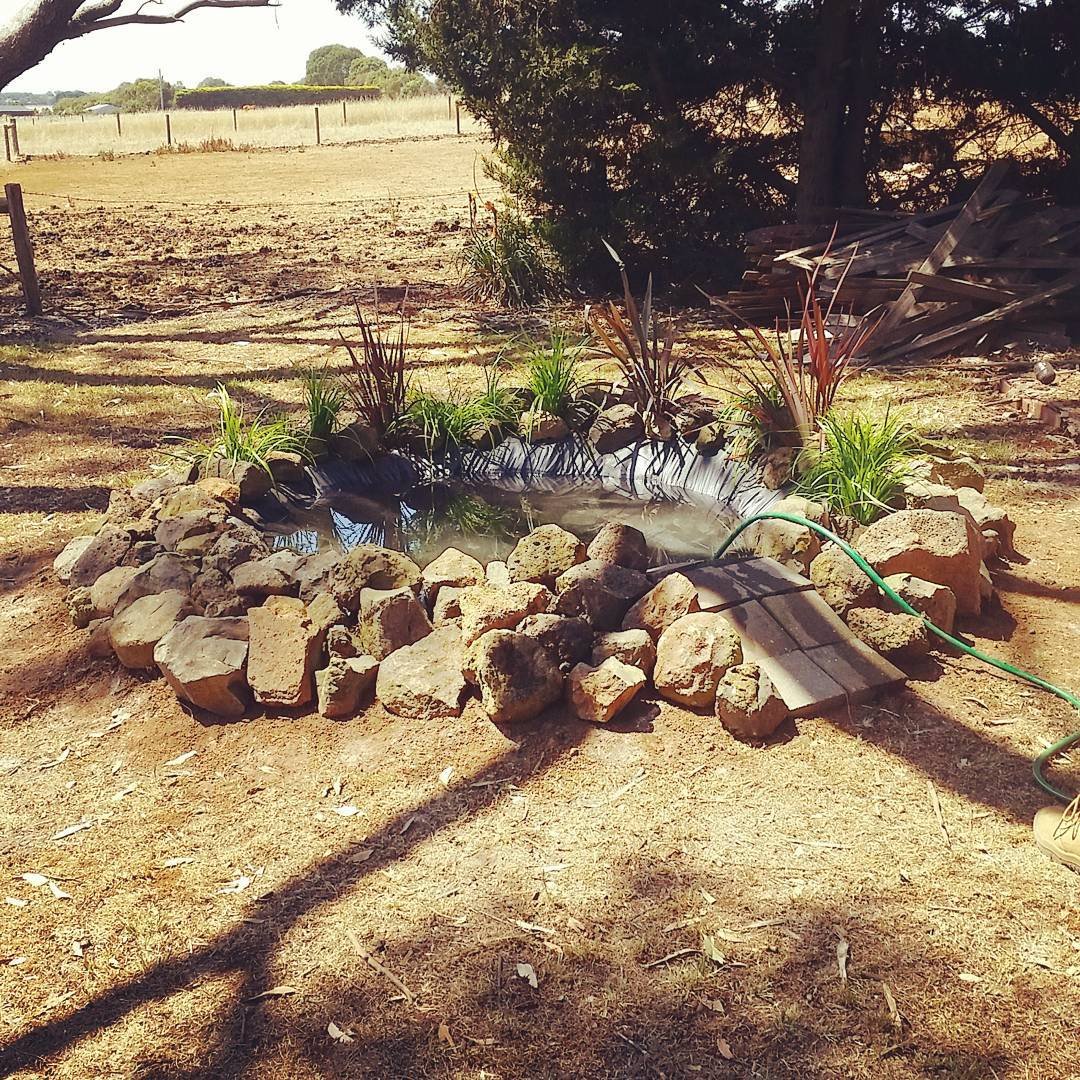
The pond location should be well-drained and away from trees.
It is a common practice to have a pond 2–4 feet deep for ducks to swim. Also, make sure it has a gentle slope for waterfowl to enter and exit the pool.
To prevent leaks, line the pond with bentonite clay or use a pond liner.
The plain pond looks natural. You can add some free resources, such as beautiful rocks, flowers, and duck plants.
2. Preformed Plastic Pond Insert
A preformed pond is a large plastic mold, which has different shapes and sizes. The kidney-shaped design is all my favorite.
Dig a ground area bigger than the mold or skimmer in a rectangular shape. Insert it into the dig and fill all the gaps around the edges.
Ensure the gaps have no room so that mold can withstand the water pressure with the support of the surrounding earth easily.
That’s how the preformed pond can last longer without leakage.
When inserting the skimmer into the liner, don’t cut the liner to the size of the actual skimmer. Cut it to the mouthpiece attached to the front.
I had cut mine, and the hole was way too big. Then, I had to use the whole tube of silicone after it began leaking, and I purchased a new one.
It’s easy to clean and repair, though.
If you’re planning to build a pond, this design can be ideal for small to medium-sized backyards.
3. Kiddie Pool Duck Pond
It’s a budget-friendly and beginner-friendly idea to use a plastic kiddie pool for small or bantam ducks.
Keepers have purchased it at least once in their lifetime.
The pools are small plastic water buckets which is portable and easy to clean.
My Indian Runners had additional kiddie pools to swim and play. They loved it under the cool shade in the coop, but I tell you, they get dirty quickly.
So, you need to change the water frequently.
Many keepers complain that they have a short lifespan. Low-quality material leads to getting punctures, tears, and holes in the sides and bottom.
Don’t ask me how hard it is for kiddie pools to survive the winter.
One thing you can do about it: elevate slightly and add a spout for easy drainage.
4. Stock Tank Pond
If you don’t want to dig the ground, no problem! Yet, you can get a nice pond for your duckies.
Stock tanks are great containers that hold large amounts of water for ducks to swim. They come in several materials such as metal, rubber, and others.

I suggest you use galvanized or plastic stock tanks to create durable, contained duck ponds.
For 7 ducks, a 300-gallon stock tank is enough.
Don’t worry about filtration and refilling. It features a water outlet at the bottom, allowing you to connect it to a pipe for vacuuming or filling with water.
As it has a high wall from the ground, you need to build a ramp for duck access.
Build a brick or pebble staircase around the tank and train them with the treats.
5. Pond with Biofilter System
Actually, this idea is for large flock requirements.
You have to accept that farm ducks are one of the dirtiest creatures with their poops. They defecate about every 15 minutes, so forget trying to filter a pond with only a 100 or 200-liter barrel.
If you are considering a bog filter, you will need a surface area almost as large as that of an agricultural or farm pond.
A biofilter is a system by which water flows over some media (rocks, gravel, or sand) that bacteria have overtaken. Bacteria help break down waste into less harmful chemicals, so a biofilter is needed there.
In this case, IMO Bog filters keep nutrients as low as possible to prevent algae blooms.
So, the filter system is good for controlling algae and waste.
When building this type of pond, you need to focus on a clean, eco-friendly pond design using gravity-fed or pump-based biofilters.
Besides, you can stock the pond with floating plants and allow them to colonize it.
Remove half of them every few days or so for the compost. This looks more natural!
6. Duck Pond with Waterfall Feature
This is visually appealing and aesthetically pleasing with a DIY waterfall or fountain.
It tries to recreate a natural-like water reservoir that regulates automatically. For this setup, you will need a waterfall and a nice little filter.
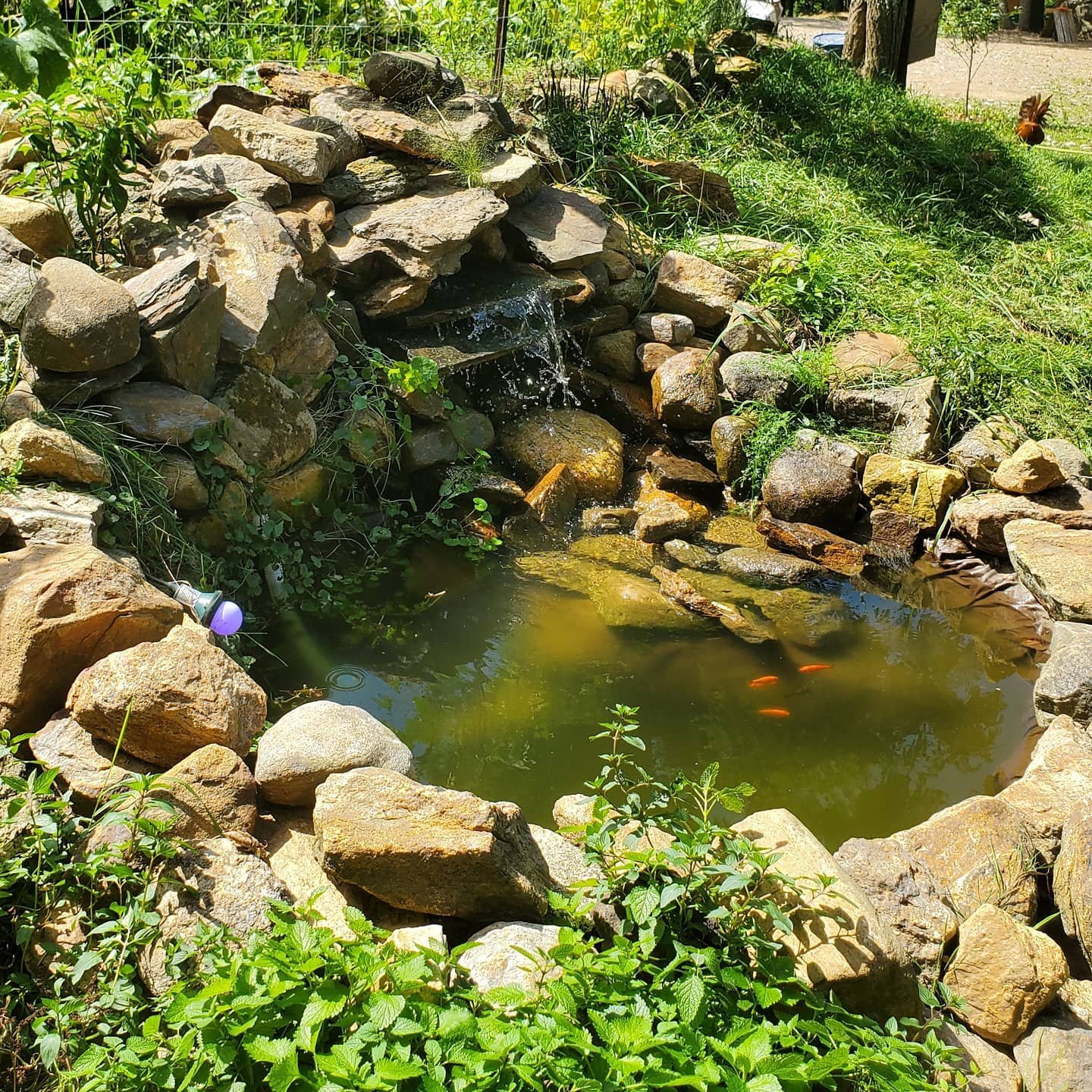
For this, I suggest you link pond pumps (submersible) or solar-powered waterfall kits.
To create a waterfall, build a floating sump, and install the pump and nozzles. Now, run a power cord to the floating fountain and wire it to a weatherproof GFCI outlet.
I have built a pond with a waterwall with lava rocks at the bottom. There, I added 2 filter pads and one bag full of bio balls in a mesh bag.
It has a thick rubber liner, a 7-inch pond skimmer, and a debris net.
A pond with a waterfall helps boost water aeration.
The problem arises with the invasion of mosquitoes, so you must find a way out of this.
7. Duck Pond with Integrated Garden Beds
It will be a great idea to combine a pond with raised beds around it. This helps create a permaculture-style setup that’s eco-efficient.
You can use pond water, which is rich in duck nutrients, to irrigate veggies and flowers in the backyard. Your bird flock also runs off and breaks down into good mulch for the garden.
When the slugs like red wiggler worms show up, your ducks will devour them and make your garden vegetables free from bugs.
But you will need to fence off the plants and harvest from ducks. So, use wide sheet planters if you have ground cover that duckies enjoy eating.
Besides, you can plant reeds, duck potatoes, irises, or elephant ear around the pond.
They grow tall and provide protection.
Final Thoughts
If you have a few ducklings and don’t want to scale the number, a small duck pool is enough for now. As they grow, you will need stock tanks or full-fledged ponds for them in the end.
After building a backyard duck pond, your job is not finished. There, you need to clean and maintain the pond to make it functional.
The smaller the pond is, the quicker it requires sanitization.



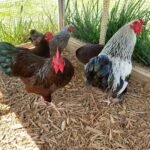
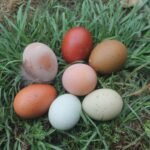


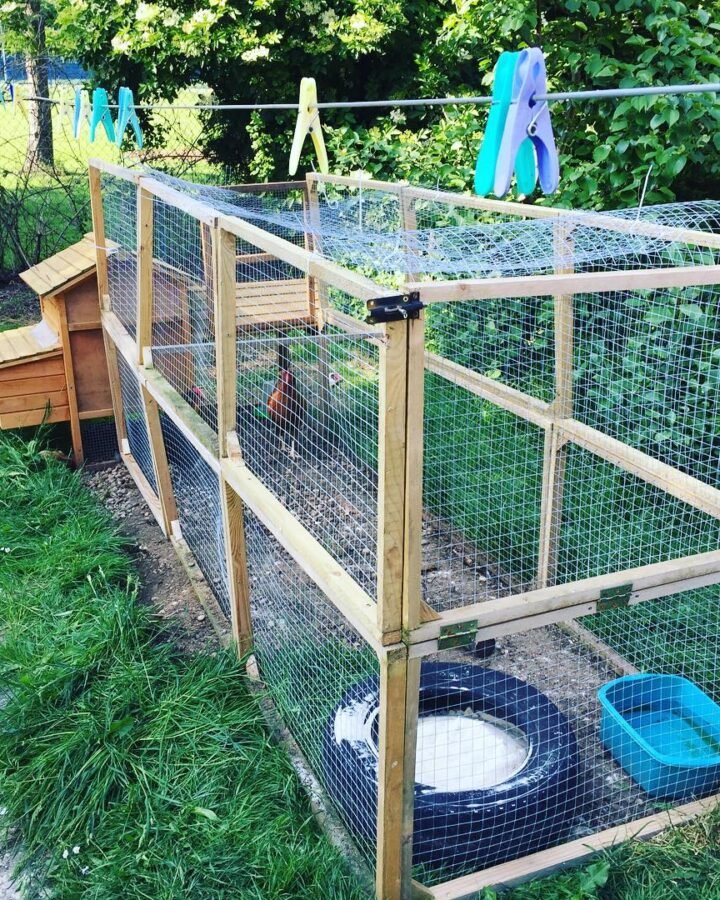


Leave a Reply